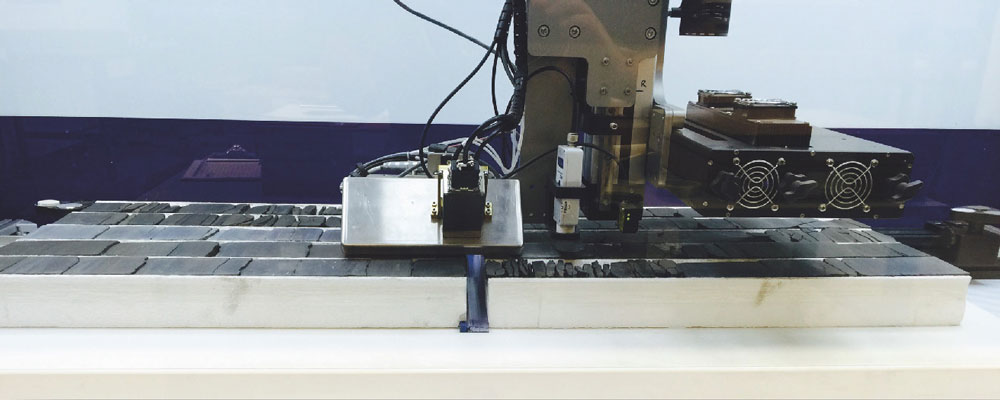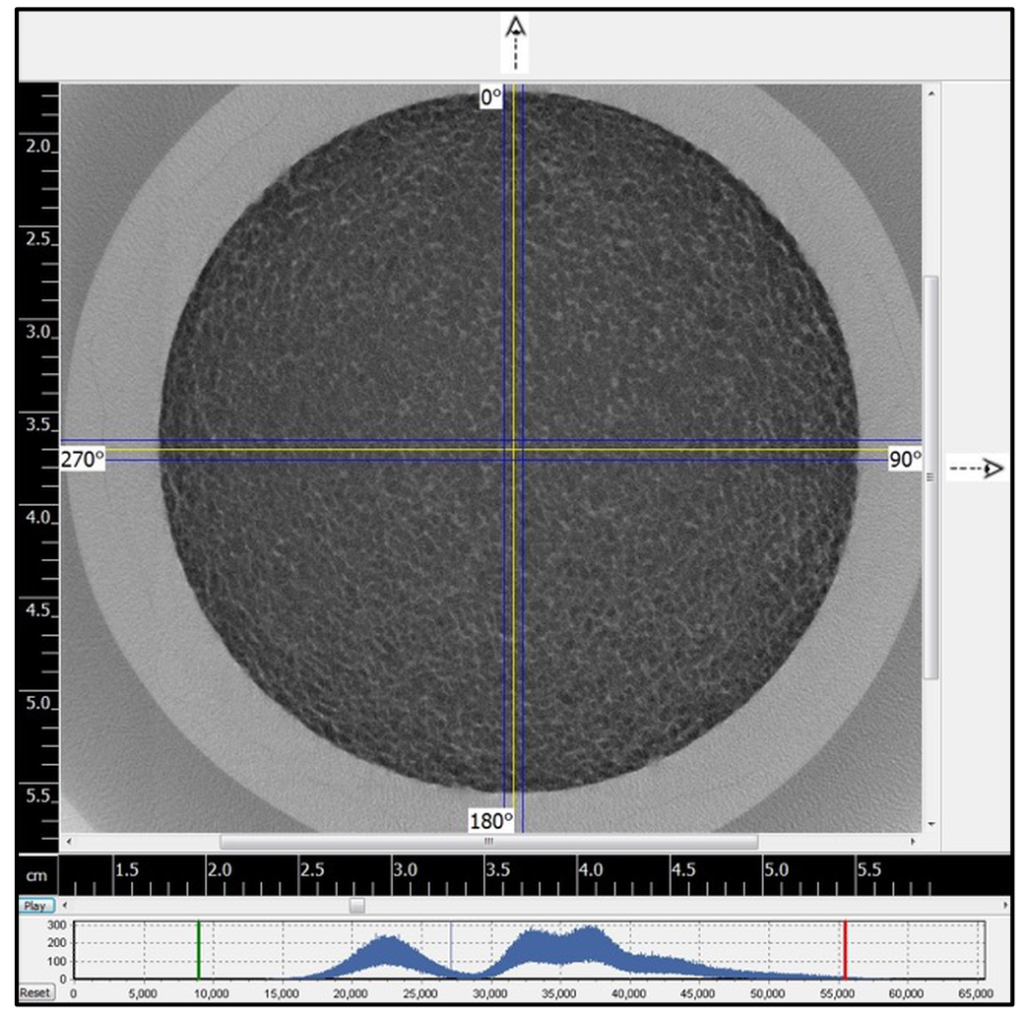Geophysical Downcore Measurements
From Multi-Sensor Core Logging
Downhole log measurements have long been recognised as a crucial dataset for the investigation of rock and sediment properties. On a decimetre scale downhole log tools such as spectral natural gamma, density, sonic, electrical resistivity, and more recently elemental capture tools allow geoscientists to derive critical reservoir properties, and characterise the stratigraphy for facility planning, resource assessment and well installation purposes.
At huge expense rock and sediment cores are acquired to provide invaluable ground-truthing measurements to the downhole log and geophysical data. Furthermore, these core samples are used to investigate the small-scale features, mineralogical, and mechanical properties of the geological stratigraphy, which would be otherwise un-detected from downhole log techniques. Lengthy and complex laboratory programs are commissioned that utilise a combination of imaging, and discrete sampling to obtain the necessary data. As always the objective of laboratory testing programs is to maximise the amount of data acquired for every metre of core in the most cost and time efficient way possible. Automated non-destructive data acquisition from core material is therefore an attractive solution to meet this objective. Continuous downcore scanners or loggers, such as the Geotek Multi-Sensor Core Logger (MSCL), employ a range of petrophysical and spectroscopic sensors to automatically and rapidly acquire high-resolution (typically 1 cm to 10 cm) multi-parameter datasets. These datasets can be compared with downhole log data, and significantly add to the understanding of the standard suite of laboratory measurements normally acquired.
Continuous downcore MSCL datasets maximise data recovery from core material. The high-resolution acquisition of multiple parameters at the same depth within the core enable exploration of parametric relationships that might have previously been hidden or un-identified. Sub-centimeter scale petrophysical parameters provide valuable downhole depth control for the core material, and fills in the gaps left by the decimeter resolution downhole log data. The understanding of sediment and rock properties, and their effect on the reservoir or resource assessment can therefore be significantly improved through the use of continuous downcore scanning/logging. Downcore MSCL data can be collected at a range of scales so can be used to bridge the gap between micro and macro scale measurements from other techniques.
Importantly the non-destructive philosophy of continuous downcore scanners/loggers permits the retrospective analysis of core material from the archived slab. Archived core material is an enormous reservoir of potentially valuable data, which can be exploited using an MSCL with significantly less cost and resource than acquiring new core material.
High Resolution Whole Core/Plug X-ray CT
X-ray computed tomography (CT) is a standard imaging technique used to determine the slabbing angle of any geological cores, and identify core heterogeneity within the sample ahead of slabbing or other destructive testing. The technique X-ray CT is also used to produce un-wrapped borehole images, for core orientation against the borehole image data and conduct higher resolution goniometry studies. In recent years with the development new advanced software and algorithms X-ray CT systems are being used to acquire dual energy datasets at different X-ray energies in order to determine the an effective atomic number (z) of the core material, and hence provide a first pass rock typing from the X-ray CT data.
In the majority of cases, whole core and whole plug X-ray CT scanning is conducted on industrialised medical-style X-ray CT systems like the Toshiba Aquilion CX, or GE CT Scan 300. The compromise of fast X-ray CT is image resolution. Geotek has developed a range of cabinet-based X-ray CT systems that provide quality high resolution (20 μm to 150 μm) X-ray CT datasets from whole plugs or whole core. The significant increase in image resolution provides an unparallelled ability to visualise the properties of geological core material from whole core samples improving the ability to upscale test results to the whole core scale thus providing more geological context of results.
It is typical ahead of special core analysis (SCAL) programmes that plug samples undergo additional X-ray CT to ensure that each plug sample is suitable for the analysis selected. Geotek’s specially designed X-ray CT equipment has variable geometry functions, which means that within a few minutes the X-ray CT systems can be specifically set-up for small sample sizes for fast, high-resolution (50-100 μm) X-ray CT. High resolution data from the plug samples provides valuable information on the small-scale heterogeneities that may be present within each plug sample such as accumulations of heavy minerals, bedding (laminae), fractures, or larger voids/pore spaces, which may be missed using conventional X-ray CT techniques. These datasets also provide the ability to more accurately determine the correct location of further sub-samples for nano or micro X-ray CT and thus provide a potentially crucial step for upscaling data.




